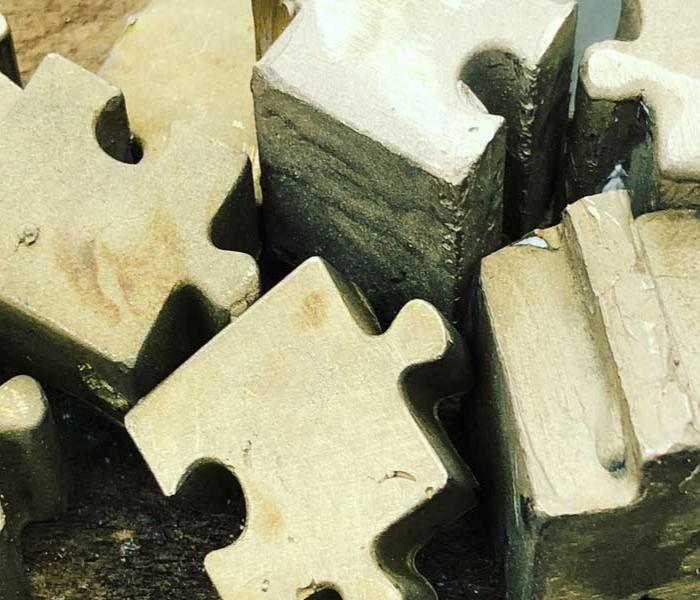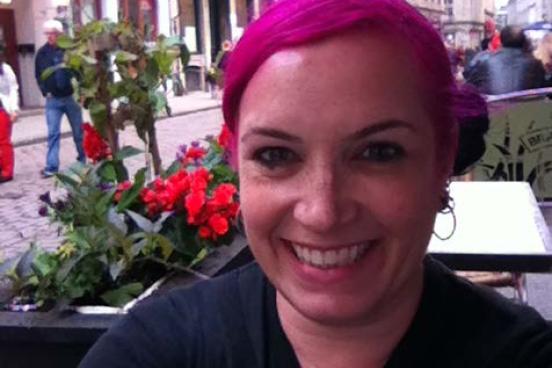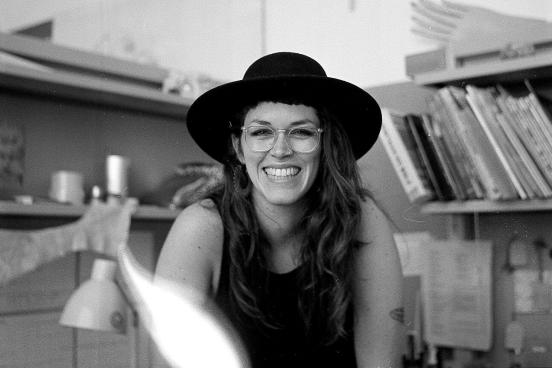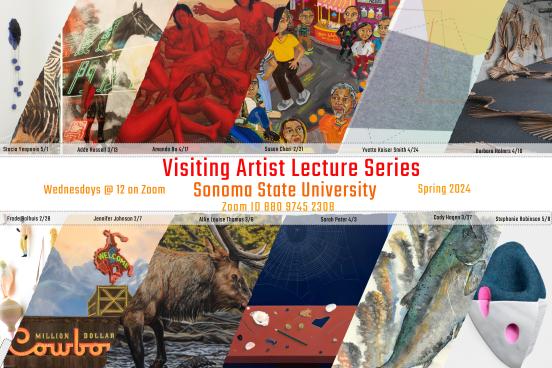Welcome to the Sonoma State University Department of Art and Art History, an inclusive and supportive community of students, staff, and faculty. Together, we work to create opportunities for experimentation, collaboration, cooperation, expression, and personal growth.
Our department offers an interdisciplinary arts education with strong foundations in Art Theory, Art History, technical skills, and professional development. Our facilities include two galleries, a foundry, metal shop, wood shop, dark room, lithography studio, individual studio spaces and a community garden, and we invite students of all backgrounds, religious identification, sexual identity, race, and ethnicity, to join us.
We are working actively to create a diverse, equitable, and inclusive community for learning and creation to which each individual can bring their whole self. We recognize that diversity, equity, and inclusion are not only morally necessary, but benefit everyone.
Intellectual and creative work fully flourishes in healthy environments with a range of perspectives and experiences. The faculty and staff also recognize that this happens not through the absence of overt racism and discrimination, but through proactive efforts to create, maintain, and expand diversity, equity, and inclusion.
The fields of art and art history have not lived up to these ideals historically and presently. Art has served many purposes, some of them less than just. Access to galleries, museums, and art commissions have not been equally distributed. Art history as a discipline has its origins in nineteenth-century nationalism in Europe. Museums grew in and through colonialism. But we are not beholden to the past. We study it because we must do better.
What are we doing specifically?
- We're changing the curriculum. Because representation of diverse artists and cultures isn't enough, art department courses explicitly address issues of gender, race and racism, LGTBQ issues, nationalism, disability, and eco art history in visual culture, art production, and art history.
- We commit to hiring an ever more diverse faculty
- We promise to address racism, sexism, homophobia, and other forms of discrimination in our community directly and promptly. Violations of the Seawolf Commitment and Code of Conduct including microaggressions will be handled seriously.
We know that ending discrimination and getting rid of old power structures will take time and require continuous reassessment and action. It will take time to embrace the full capaciousness of art and visual culture. We are committed to the project.
Announcements
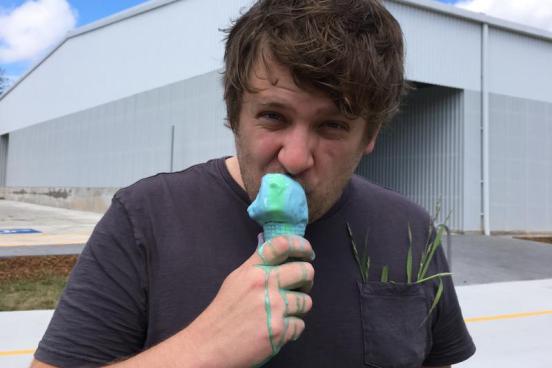
Visiting Art Professor of sculpture, Alex Hanson, will be an artist in residence this summer at Stove Works in Chattanooga, TN. Alex will be creating a series of small wood sculptures.
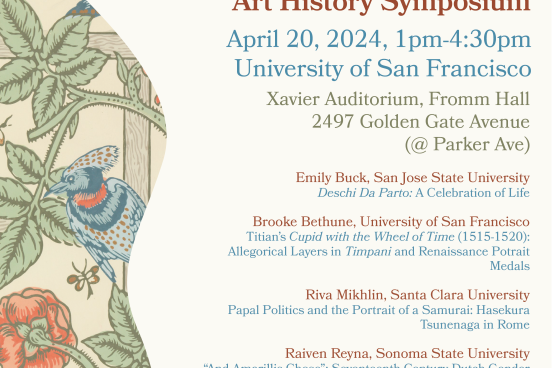
Art History major Raiven Reyna is presenting her research at the Bay Area Undergraduate Art History Symposium at the University of San Francisco on April 20th.
Alex's work often focuses on the use of objects, constructed and found, to ask pointed questions.
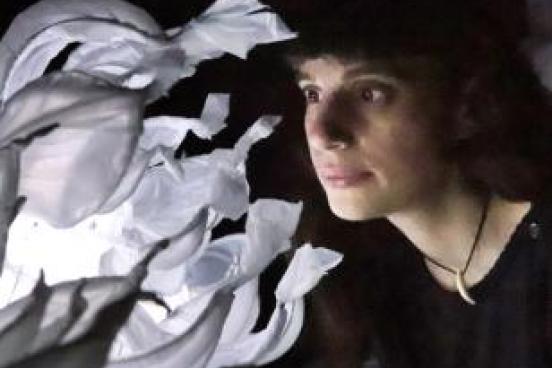
Assistant Professor of Art, Sena Clara Creston, will have her piece Semilla Beseda on display at the Museum of Sonoma County a part of the exhibition A Question of Balance which runs from January 27 through May 26.
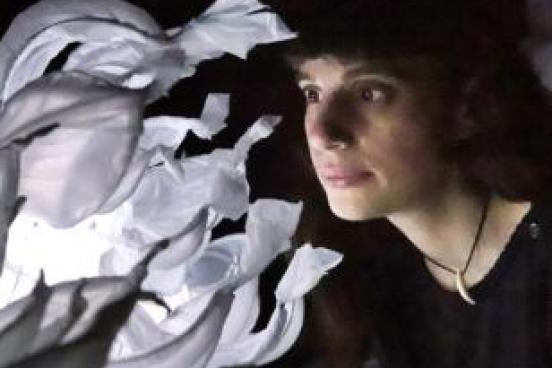
Assistant Art Professor, Sena Clara Creston, recently received an honorable mention in the Bay Area's Sheridan Prize for Art in Experimental Art.
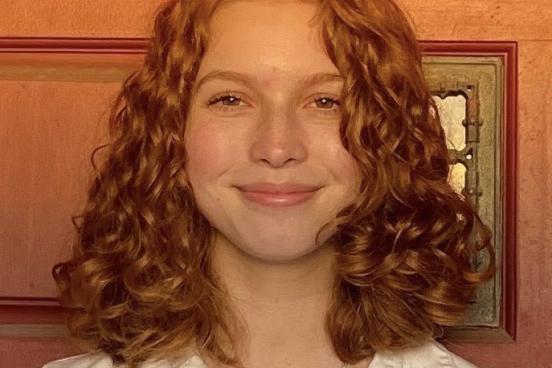
Tyler Gibson placement at the Smtihsonian Institution
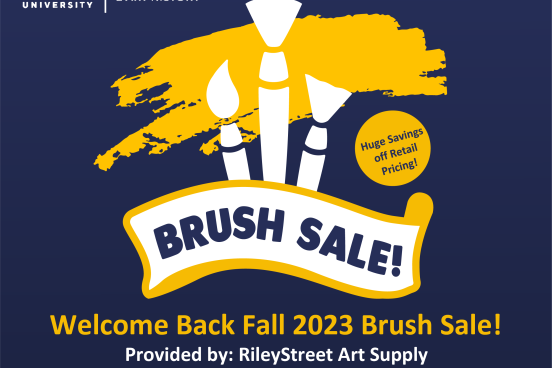
the semi annual sale returns Wednesday, August 23rd, 12pm-1pm, in the Art Department Courtyard


